Field chamomile, description of the plant, beneficial properties, recommendations for collection and storage
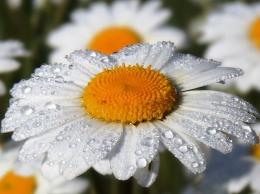
Omashka is familiar to both adults and children, but not everyone knows what wonderful properties it has.
A detailed description of the field chamomile plant will help you evaluate all its positive aspects and actively use it for the treatment of diseases and for cosmetic purposes.
This herb is widely used in folk medicine for the treatment of children.
Content:
- Types of chamomile: chamomile and meadow, Roman, Persian, German, their characteristics
- Field chamomile, description of appearance, plant structure
- What does the plant contain?
- Medicinal properties of chamomile, in the treatment of which diseases it is used
- Contraindications for use
- Use for cosmetic purposes
- How to collect and store inflorescences
Types: pharmaceutical and meadow, Roman, Persian, German, their features
It is a perennial plant. There are about twenty species of this herb, each type has its own characteristics and individual qualities.
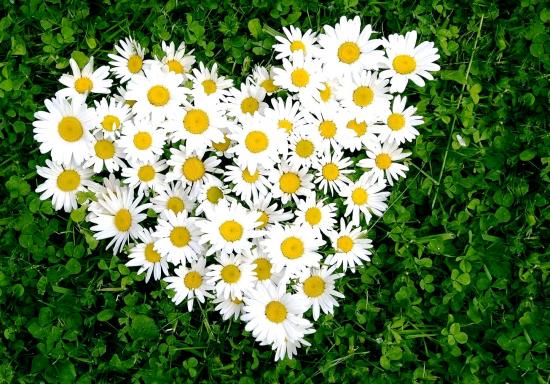
These types are considered the most famous.
| Pharmaceutical chamomile | Its stem is no more than fifty centimeters high. The leaves are small. The plants reach the same height and bloom at the same time, creating a flowering plane. This type includes the following varieties: A special feature is the pronounced aroma that is produced not only by the flower, but also by the leaf of the grass. |
| meadow daisy | It is also popularly known as common Nivyanik. The height of the stem reaches one meter, the diameter of the flowers is seven centimeters. In the middle the inflorescence is yellow, and the elongated petals are white. This species is often used by gardeners for landscapes and gardens. |
| Roman | The height of the grass ranges from fifteen to thirty centimeters. The leaves are medium-sized, dissected, slightly drooping near the shoots. The root system is branched and horizontal. The inflorescences are collected in neat baskets, the diameter of one flower is two to three centimeters; at home, the basket will change, becoming fuller. This species blooms in early July and continues to bloom until the end of August. A distinctive feature is the bitter taste. |
| German | The height of the grass is average, no more than forty centimeters. The stem is branched, erect, and there are no leaves near the ground. The leaves are oblong, slightly drooping. Flowering period is from July to August. The peculiarity of the plant is that one chamomile has both sexes. |
Each type has beneficial properties, since the composition is practically the same.
Let's watch a video that gives a detailed description of the field chamomile plant:
Field chamomile, description of appearance, plant structure
The most common type of grass is field chamomile. The plant is small, but with a strong root system. The height of the stem is about 40 centimeters. The buds are formed in one basket, the flowers are white with a bright yellow center.
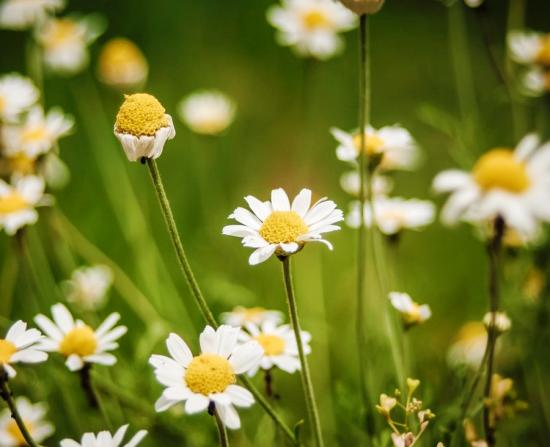
It blooms in early June and delights with its tenderness until frost.
It grows in fields, wastelands, and on the edges of roads. Gives preference to alkaline, sandy and well-drained soil, loves a lot of light and warmth.Some people plant this grass for decoration in their garden; in this case, it is important to monitor the propagation of plants, since this species produces a lot of seeds.
Field chamomile adapts perfectly to any weather conditions and is frost-resistant.
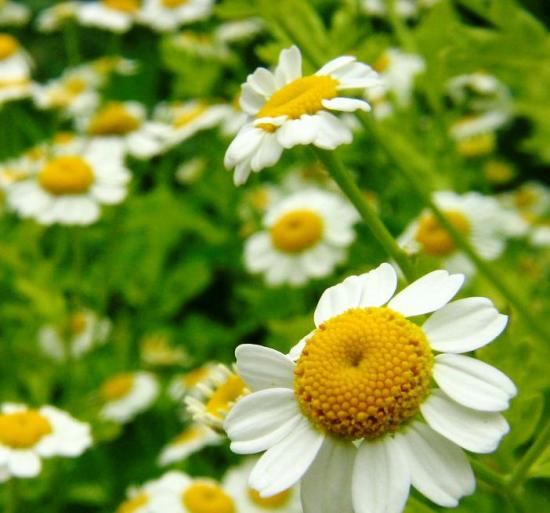
The grass reproduces by seeds. The seeds are planted in the ground to a depth of no more than one centimeter.
What does the plant contain?
The composition includes many trace elements, natural compounds, oils and substances necessary for the normalization and performance of the human body.
Contains:
- essential oil;
- coumarins;
- plant sterols;
- organic acids: anthemisic, nicotinic, caprylic and salicylic;
- flavonoids;
- carotene;
- tannins;
- multivitamins and polysaccharides;
- gum;
- plant compounds: mucous and protein;
- ascorbic acid;
- apigenin;
- chamazulene.
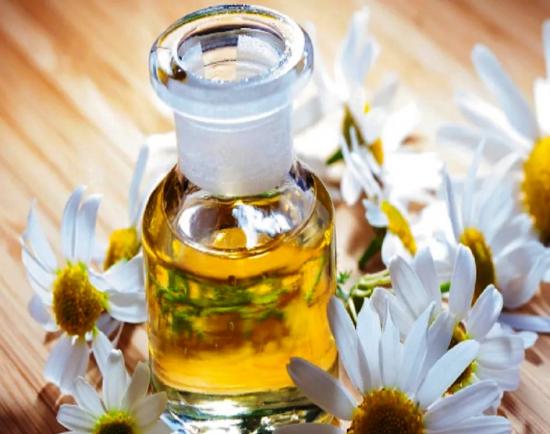
Chamomile oil is used in the production of natural cosmetic products. When dried, the plant contains one percent essential oil.
Such beneficial components make the herb indispensable in the treatment of many internal and external diseases.
Healing qualities
Strengthens human immunity, increases resistance against pathogenic and dangerous microorganisms. A person suffers less from colds if the product is used as a preventive measure.
Stabilizes the performance of the digestive system, food is digested faster, and appetite improves.
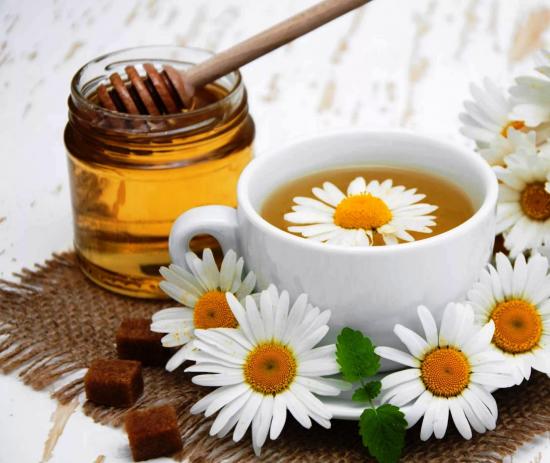
Has an antimicrobial effect.
It acts as a good sedative, but does not affect the body as a sleeping pill.
Restores the functioning of the kidneys, liver, and stomach.
It has a restorative, diaphoretic and anti-inflammatory effect, quickly eliminates spasms.
Has an antiallergic effect.
Improves the structure of the skin, making it vibrant, giving a natural shine.
Revitalizes damaged hair, restoring the functionality of the hair follicles.
Used to treat the following pathologies:
- dermatitis;
- diathesis;
- eczema;
- Chronical bronchitis;
- tracheitis;
- pneumonia;
- stomach and intestinal colic;
- with inflammation of the mucous membrane: gastritis, enteritis;
- in the treatment of gynecological diseases: cystitis, inflammation of the ovaries and kidneys, normalization of the menstrual cycle;
- severe headaches, especially migraines;
- colds.
Chamomile is used as a therapeutic therapy for adults and children, but you need to make sure that there is no allergy to one of the components included in the composition. Use with caution for newborns; consultation with a pediatrician is necessary.
Contraindications for use
It is forbidden to take decoctions orally during pregnancy. Any decoction of this herb contributes to the production of large amounts of estrogen. This hormone in excess is very dangerous during pregnancy and can lead to premature birth or miscarriage.

Any preparations that contain the plant should be used with caution by people with vision problems. Admission is permitted after consultation with an ophthalmologist.
It is contraindicated to drink chamomile if you have an individual intolerance or allergy, but this happens extremely rarely.
Constant use of decoctions and teas can lead to migraine attacks and periodic headaches, and cause vomiting. It is recommended to take any herb for no longer than ten days, then take a break.
Use for cosmetic purposes
Chamomile often used in the production of cosmetics and personal care products.This is due to the fact that the composition includes tannins and oil. Only inflorescences are used for cooking.
The herb is also famous for its aseptic and cleansing effect. These are the advantages that creams and lotions have.
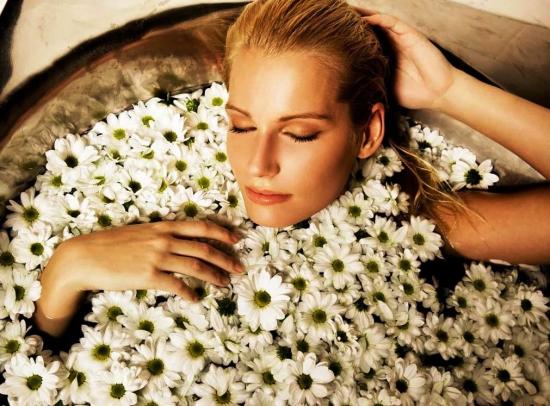
Moreover, it has an antibacterial and anti-inflammatory effect and can be used for any skin type.
Chamomile-based tonics rejuvenate and refresh the skin, cleanse it of pimples and blackheads.
Chamomile-based washing gel eliminates wrinkles, promotes healing of inflamed areas, relieves fatigue and tension. Soap makes hands tender and soft.
Infusions can be used as a hair rinse. Thanks to this, the structure of the hairline improves, the curls become soft, shiny and vibrant. Constant use of the plant's flowers gives the hair a golden color.
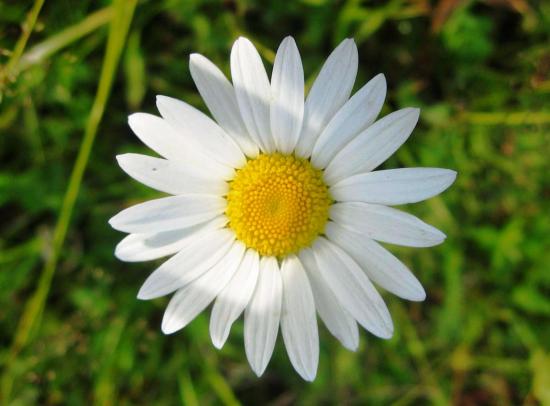
You can prepare an infusion yourself or buy a ready-made hair product that includes this herb.
It is also used for men; chamomile is included in shaving products, deodorants and shampoos.
Chamomile flowers are actively used to make children's hygiene products. Chamomile for cosmetic purposes has no contraindications or side effects.
How to collect and store inflorescences
Collecting grass must be done responsibly.
Raw materials need to be collected during abundant flowering, it is important that the weather is dry and sunny; collection is carried out early in the morning.
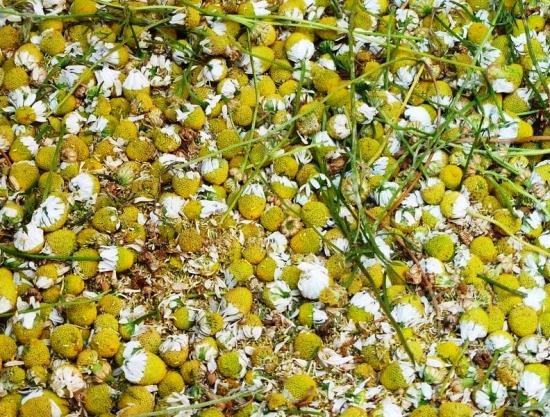
The next stage is drying. This process requires special care, since the preservation of the beneficial properties of the plant depends on drying.
If only the flowers are torn off, then they need to be spread evenly on a clean base in a thin layer. It is better to put it on the window with a newspaper on it.However, the window should not be on the sunny side; ideally, the flowers should be in partial shade.
Constant air circulation is also important; for this you need to ventilate the room. During drying, it is important to periodically stir the inflorescences so that they do not dry out.
The drying process lasts about 14 days. One kilogram of picked inflorescences yields two hundred and fifty grams of dry product.
If the stem was also torn off during collection, then the grass is tied into bunches and dried in a suspended state, in a dark, well-ventilated, dry room. Raw materials are considered ready when they become dry.
It is forbidden to dry it in the oven; after heat treatment, all beneficial properties are lost.
The third stage is storage of raw materials.
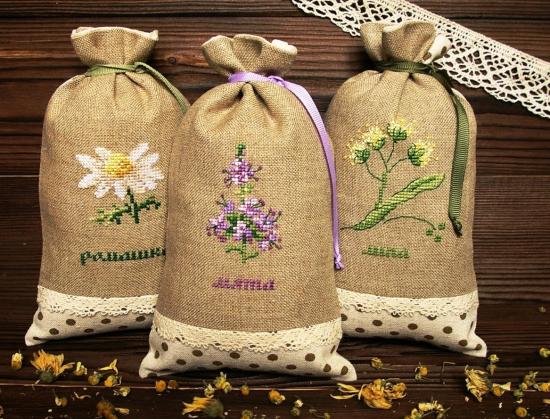
There are three options:
- Transfer the dried herb into clean, dry cardboard boxes. Place the boxes in a cool and dark place.
- The second method requires costs. You need to buy small glass jars. It is very convenient and looks quite attractive. Some people place these jars around the kitchen to create an original design.
- Storage in fabric bags. You can purchase ready-made bags or sew them yourself using clean, undyed cotton fabric. The bag should be stored hanging. Thus, the buds retain their appearance and shape.
So, field chamomile is not only a beautiful, but also a medicinal plant. If you do not abuse the product, you can save yourself from many diseases without side effects.


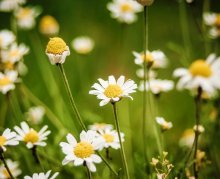

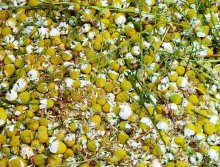
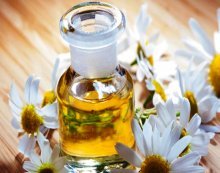
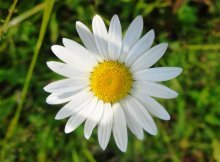
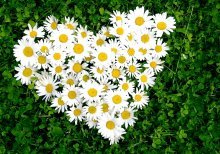
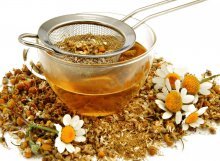

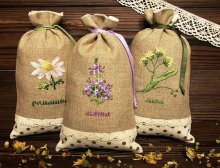
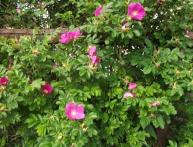
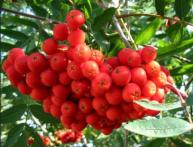
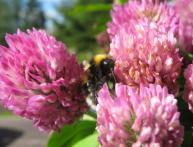
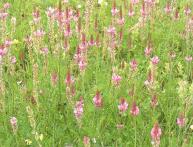
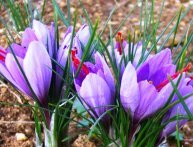
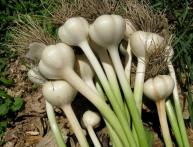
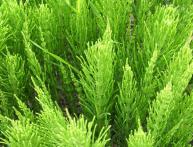
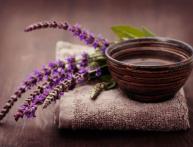
Comments
I think pharmaceutical chamomile will be much more useful, so it is more advisable to grow it on your site; if we talk about beauty, it is better to look towards other species.
Usually, for medicinal purposes, not field chamomile, but pharmaceutical chamomile is used. Perhaps this is the same plant, called differently. It is possible that field chamomile is better used in the preparation of cosmetics.
I always have bags of field chamomile in my closet; it’s the only remedy I have when I have a sore throat. And brewing in bags is very convenient.
At one time I planted chamomile behind the fence in front of my plot and now every year I collect an excellent medicine for colds and hang it in the attic to dry. As a bonus to its practical benefits, chamomile creates a wonderful summer mood.